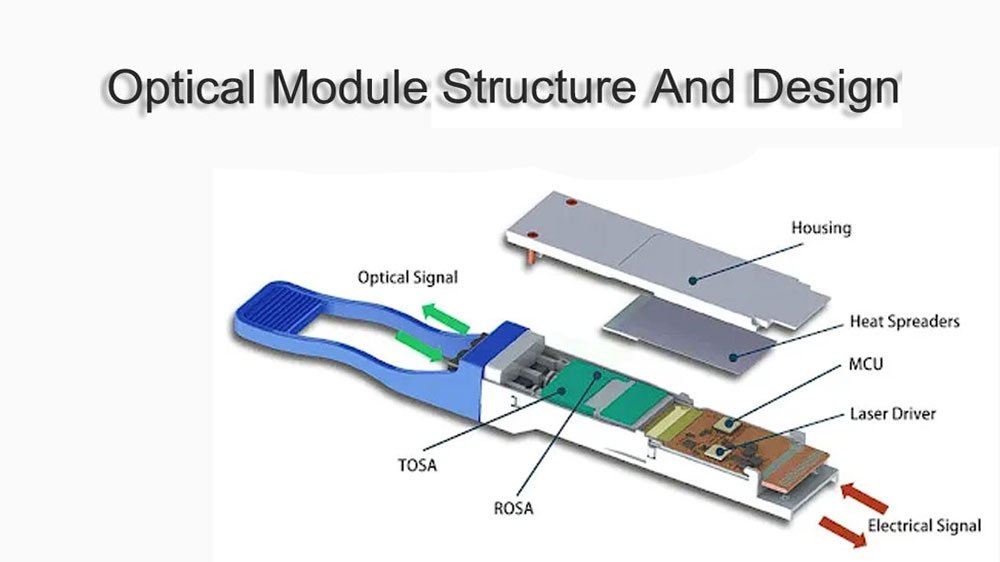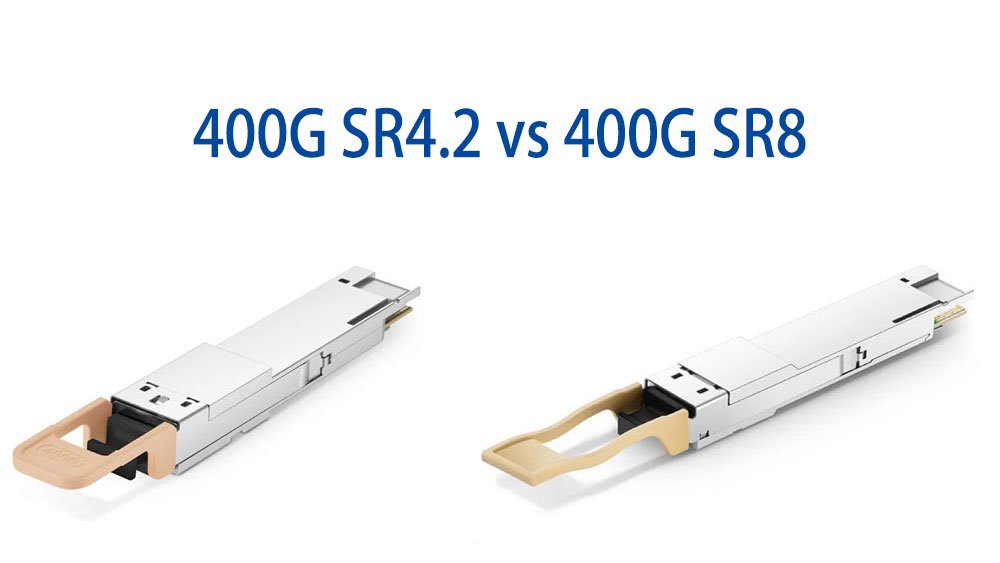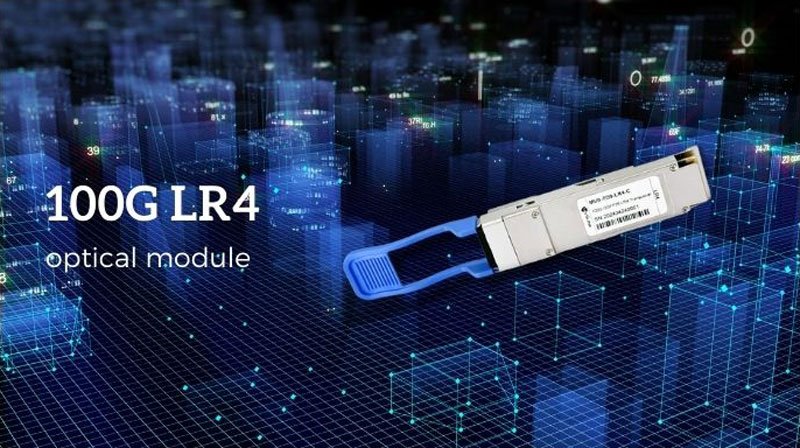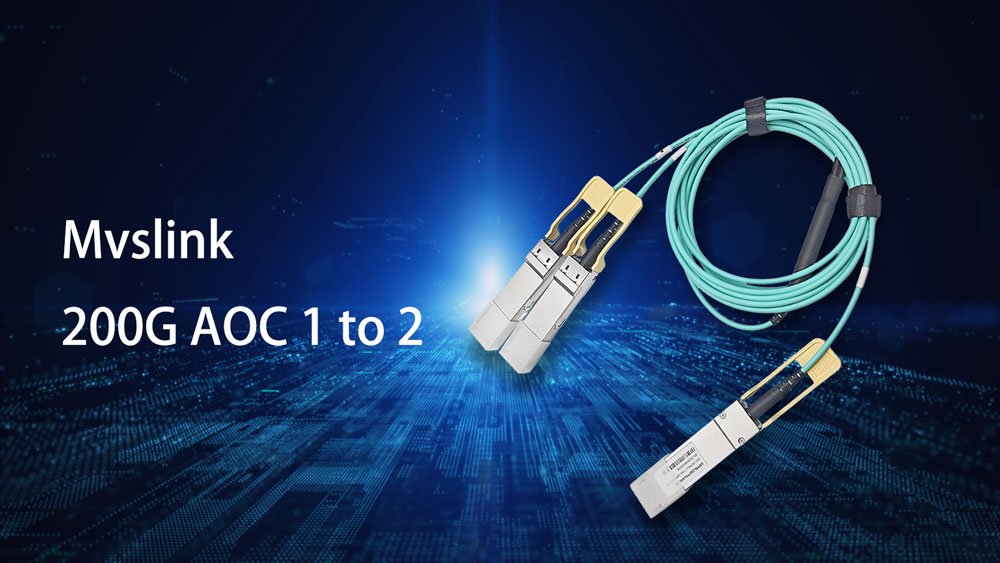What Are the Applications of Optical Transceiver?

In the previous article: What Is The Function of A Optical Module? we have introduced the function of the optical module, then what are the general application scenarios of the optical module? Data Center: Data center is one of the important application scenarios for optical modules. With the rapid development of cloud computing and big […]
What Is The Function of A Optical Module?

Optical modules can convert signals between electronic and optical forms via optical cables. To complete the transmission and reception of signals, two optical modules are needed: one at the transmitting end and one at the receiving end.
Optical Module: What is its Structure And Design?

Optical module usually consists of a transmitter assembly (TOSA, containing a laser LD chip), a receiver assembly (ROSA, containing a photodetector PD chip), a driver circuit, an optoelectronic interface, a heat sink (some models), a housing, a pull ring and so on.
400G Multimode Fiber: What is the difference between 400G SR4.2 and 400G SR8?

Cloud and AI applications have driven the need for data rates exceeding 100 Gb/s, leading to a shift towards high-speed, low-power 400 Gb/s connections. To support the short-reach application space inside data centers, the fiber optics industry has developed two IEEE 400G Ethernet standards: 400G SR4.2 and 400G SR8.
800G Optical Module: What is the difference between QSFP-DD and OSFP Packaging Types?

Do you know the difference between the two packages? How to correctly select the 800G optical module you need? This article will take you to understand the two encapsulation types of 800G optical modules: OSFP and QSFP-DD.
How to Distinguish the Wavelength by the Color of the Pull Ring of the Optical Module

Help You to Distinguish the Wavelength by the Color of the Pull Ring of the Optical Module
Singlemode SFP vs Multimode SFP Optical Modules: What’s the Difference?

Recommendations for Using Single-mode and Multimode SFP Modules Single-mode and multimode SFP modules can be deployed in switch ports to facilitate communication via fiber optic or copper cables.
CWDM vs. DWDM: How to Choose The Right Network

CWDM vs. DWDM. Choosing the right WDM technology depends on your specific network requirements, including the number of channels needed, transmission distance, power budget, and overall cost considerations.



